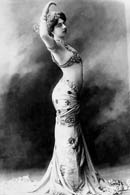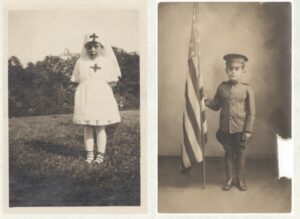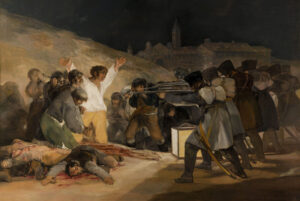 “The Great War,” wrote MHQ founding editor Robert Cowley in his book of the same name, “was the true turning point of the century just past” and created “that greatest of growth industries, violent death.” Such cataclysmic events always spawn a new vocabulary for describing its details, and a number of terms came into vogue during this conflict.
“The Great War,” wrote MHQ founding editor Robert Cowley in his book of the same name, “was the true turning point of the century just past” and created “that greatest of growth industries, violent death.” Such cataclysmic events always spawn a new vocabulary for describing its details, and a number of terms came into vogue during this conflict.
Our lexicographer considers terms that were coined during World War I.
Among the earliest was war of attrition, alluding to the gradual wearing down of the enemy’s strength and morale. In a 1915 memorandum to Great Britain’s minister of munitions, David Lloyd George, Lord Herbert Kitchener, secretary of state for war, said the conflict could end either through a decisive victory or by attrition. Since then, the term has been used to describe a similar effect in other spheres. During the 2008 Olympics in Beijing, a sportscaster described the grueling women’s triathlon as a war of attrition.
Another neologism was war room, first used by First Lord of the Admiralty Winston Churchill in 1914 when he alluded to a room from which the war would be directed. This term was mocked in the 1964 film Dr. Strangelove, when President Merkin Muffley, played by Peter Sellers, reprimanded bickering warlords, declaring, “Gentlemen, you can’t fight in here. This is the War Room!”
On the ground, trench warfare was the hallmark of World War I. For four years, beginning with the First Battle of the Marne in August 1914, the opposing forces on the western front faced each other across no man’s land from trenches dug into the ground. This term first appeared in print in 1917. The front line came to be called the shooting gallery, alluding to a place used for target practice, and the whole shoot, slang for “the entire thing” since the late 1800s, came to be called the whole shooting match. The Whole Shooting Match was the title of a 1979 film about two alcoholics who keep trying to make their fortune on a series of inventions, staking everything (the whole shooting match) without success. The job of killing or subduing the defenders of enemy trenches that had been passed over by an assaulting force was called mopping up.
A notorious spy known as Mata Hari (above) aided the German cause. A Dutchwoman whose real name was Gertrude Margarete Zelle, she was an exotic dancer who became the toast of Paris cabarets, frequented by a large number of Allied officers on leave. Code-named Agent H-21 by German intelligence, she had no difficulty drawing information from her lovers, who included senior general staff officers, and passing it on to the German high command. Mata Hari was eventually caught. She was executed by a French firing squad in 1917. To this day, her name signifies a beautiful and seductive female spy.
[continued on next page]




